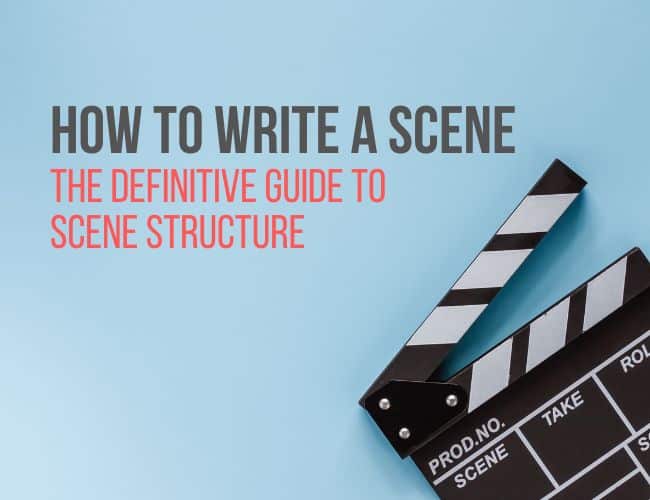
by Joe Bunting |
Once you have a great story idea, the next step is to write it. But do you want to take your brilliant idea and then write a book that bores readers and causes them to quit reading your book?
Of course not. That’s why you need to learn how to write great scenes.
Scenes are the basic building block of all storytelling. How do you actually write them, though? And even more, how do you write the kind of scenes that both can keep readers hooked while also building to the powerful climax you have planned for later in the story?
In this post, you’ll learn what a scene actually is. You’ll explore the six elements every scene needs for it to move the story forward. Then, you’ll learn how to do the work of actually putting a scene together, step-by-step. We’ll look at some of the main scene types you need for the various types of stories, and we’ll also look at some scene examples so you can better understand how scenes work. Finally, we’ll put it all together with a practice exercise.
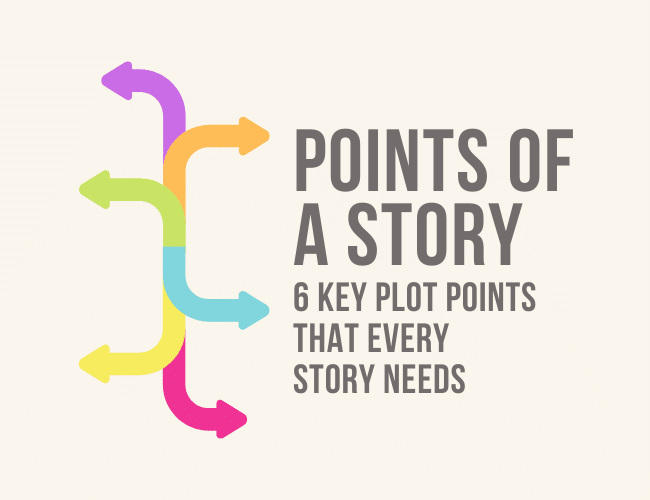
by Joe Bunting |
One thing writers have told me consistently is that knowing story structure and the major plot points—or points of a story—makes writing great stories easier. But what are the main points of a story? How can you get them into your books?
I’ve personally found story structure to be incredibly helpful, not just in writing novels and screenplays, but also in memoir and even, sometimes, writing nonfiction books.
In this guide, we’re going to talk about the basic points of a story and how to use story structure to make your writing easier and more effective. I’ll share the six major plot points and talk about a few other points you might look for when writing a book that will give you a general roadmap to writing your story.
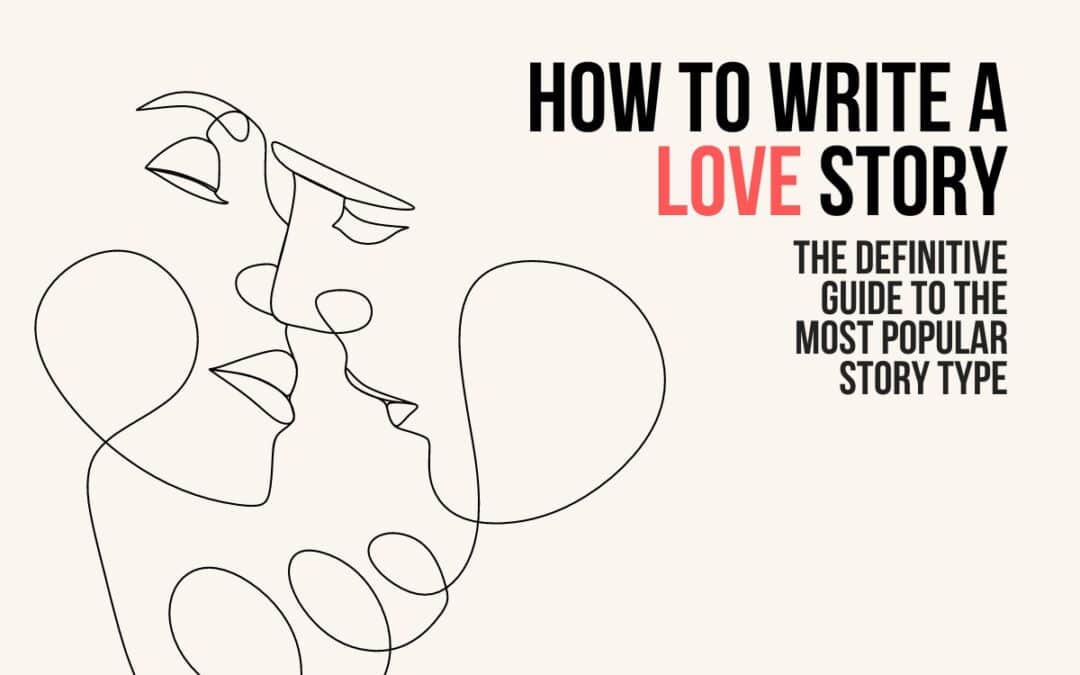
by Joe Bunting |
Love stories appear everywhere in the films we watch, books we read, and shows we binge. From romance novels and romantic comedies to ninety percent of subplots and even family dramas, love stories are the most common type of story.
Which is all to say, if you want to be a creative writer, you probably need to learn how to write love stories.
In this guide, we’re going to explore love stories of all kinds, from the ones that end “happily ever after” to tragic love stories and even stories that don’t look like love stories but actually are. We’ll talk about the elements of love stories, their structure and arcs, the best love story examples to study, and finally how to actually write a love story of your own.
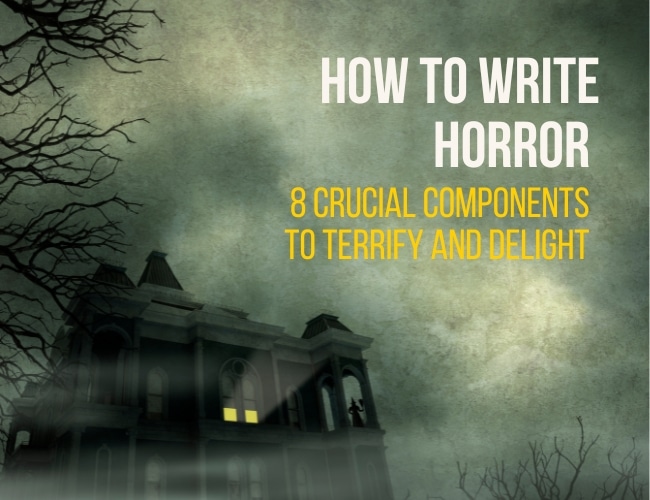
by Sarah Gribble |
Horror is a genre of literature or film that wants to evoke fear, shock, and suspense. Characters battle for their life versus a fate worse than death.
What makes a good horror story is the ability to tap into our deepest fears and deliver them in a captivating way. Even if you don’t consider yourself a horror writer, practicing a few short stories in this genre can help you understand human fear and the way it motivates action.
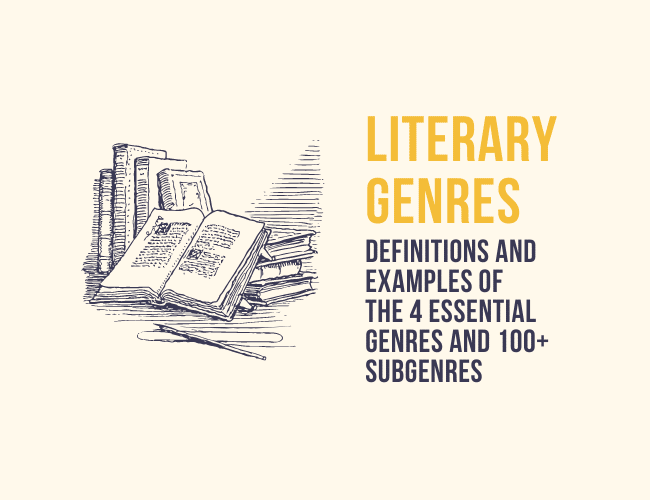
by Joe Bunting |
Genre matters, and by understanding how genre works, you not only can find more things you want to read, you can also better understand what the writer (or publisher) is trying to do.
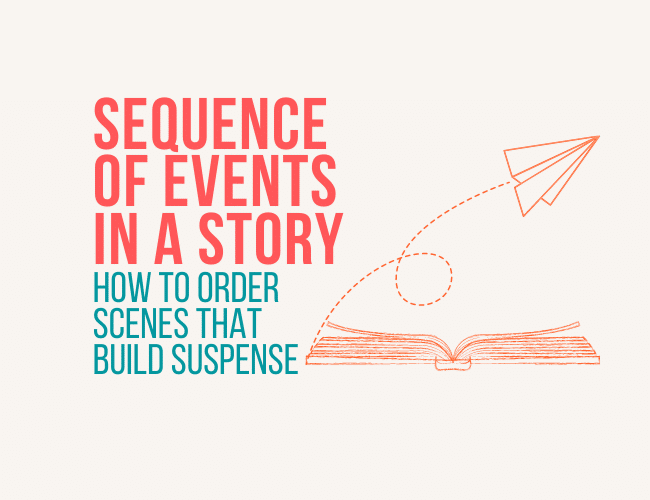
by Joslyn Chase |
Have you ever felt cheated when reading a book? Like the author held back information that would have enhanced your reading experience? Or neglected to include all the relevant details that would have allowed you to solve the mystery? Did the sequence of events in the story feel…off?
Think about this:
What if J.K. Rowling neglected to have Hagrid tell Harry about his parents’ deaths until the end of The Sorcerer’s Stone?
What if the writers of Die Hard had let Hans Gruber discover Holly was John McClane’s wife right up front?
What if Suzanne Collins had forgotten to alert readers to a rule change allowing tributes from the same district to win as a team in The Hunger Games?
Leaving out these vital pieces of information—or putting them in the wrong place—would have robbed these stories of a full measure of suspense. This would have dulled the impact of their final scenes.
As a writer, you never want readers to feel cheated or disappointed by your book. But how can you make sure you include all the relevant pieces of the puzzle, in the right order, to sustain suspense and satisfy your reader?





